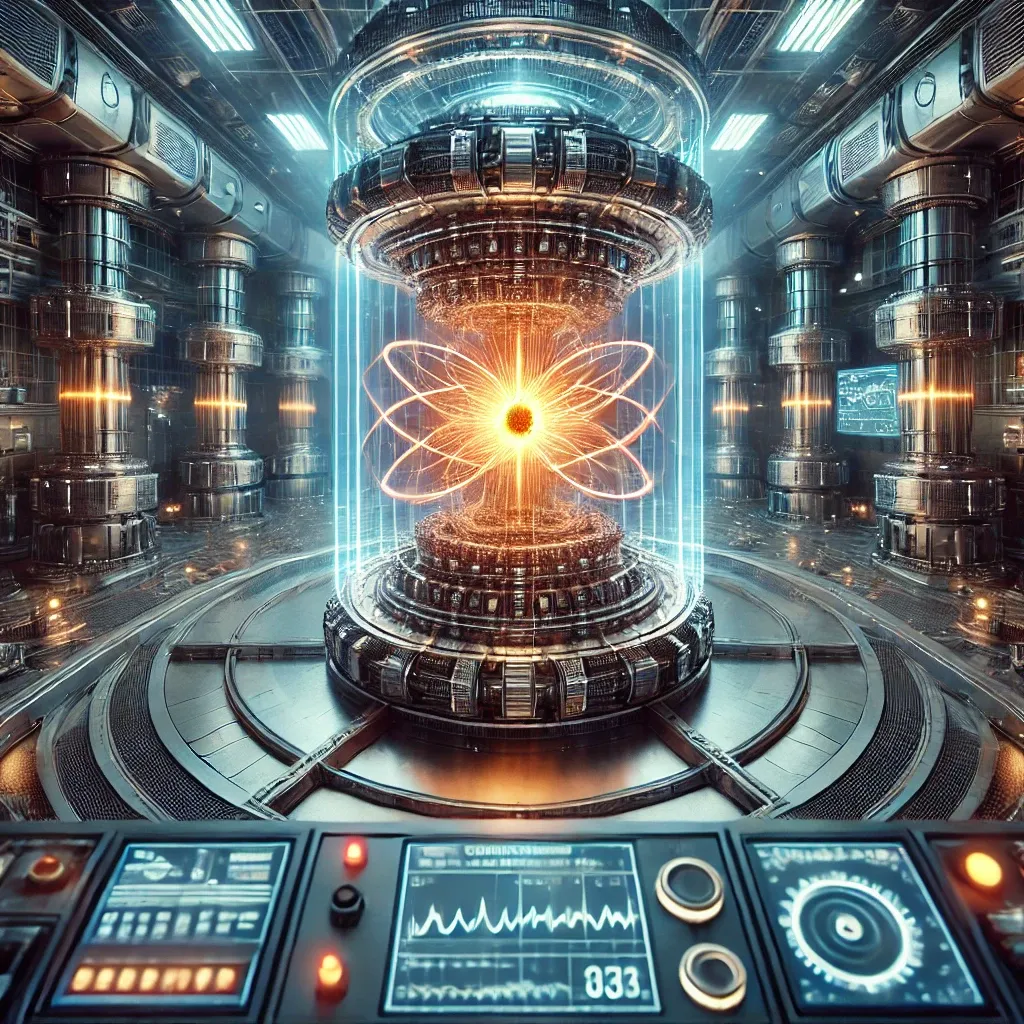What needs to happen for fusion to occur?
Article Source: Magnetic Confinement Fusion

Why You Should Care
Fusion energy has the potential to provide limitless, clean power by mimicking the processes that power the sun. However, controlling the extremely hot plasma necessary for fusion is a major challenge. Understanding how to manage this plasma could lead to breakthroughs in energy production, benefiting the entire planet.
Answering the Question… What needs to happen for fusion to occur?
To achieve fusion, scientists need to keep the plasma stable at temperatures over 100 million degrees Celsius. Magnetic confinement is one of the most promising methods, using powerful magnetic fields to hold the plasma in place. The article explains that this technique helps to prevent the plasma from touching the reactor walls, which would cool it down and stop the fusion process.
How Was the Study Done?
The study examined the effectiveness of magnetic confinement by analyzing different reactor designs, like tokamaks and stellarators. Researchers used computer simulations and experiments to test how well magnetic fields could maintain the plasma's stability and temperature, ensuring that the conditions for fusion were met.
What Was Discovered?
- Plasma Stability: Magnetic confinement can maintain plasma stability at extremely high temperatures, exceeding 100 million degrees Celsius, necessary for fusion reactions to occur. This stability is crucial because even slight fluctuations can cause the plasma to lose energy, halting the fusion process.
- Efficiency of Tokamaks: Tokamaks, a type of fusion reactor, were highlighted as particularly effective. The study showed that some tokamaks achieved confinement times of up to 10 seconds, which is a significant milestone toward the goal of continuous fusion. For instance, the Joint European Torus (JET) tokamak managed to produce fusion power output of 16 megawatts, demonstrating the potential of this technology.
- Magnetic Field Strength: The research emphasized the importance of strong magnetic fields in maintaining plasma confinement. Fields up to 12 Tesla were found necessary to keep the plasma stable in advanced tokamaks, which is significantly stronger than typical MRI machines (which use around 1.5 to 3 Tesla). These powerful magnetic fields prevent the plasma from touching the reactor walls, which would otherwise cool the plasma and stop the fusion process.
- Plasma Density and Pressure: The study discovered that achieving the right balance of plasma density and pressure is essential for sustaining fusion reactions. Higher plasma density increases the likelihood of particle collisions, which are necessary for fusion, but if the pressure is too high, it can destabilize the plasma. The study found that optimal plasma conditions could lead to a doubling of the fusion reaction rate, compared to less controlled environments.
- Energy Efficiency: The research highlighted that current magnetic confinement methods require a significant amount of energy to maintain. However, advancements in superconducting magnets could reduce energy consumption by 30-50%, making the process more viable for sustained fusion energy production.
Why Does It Matter?
Understanding how to control plasma through magnetic confinement is crucial for making fusion a viable energy source. Fusion could revolutionize energy production by providing a nearly unlimited, clean power source without the harmful byproducts of fossil fuels. This research moves us closer to making fusion energy a reality, which could have profound impacts on global energy needs and environmental health.
Link to full article: Magnetic Confinement Fusion
